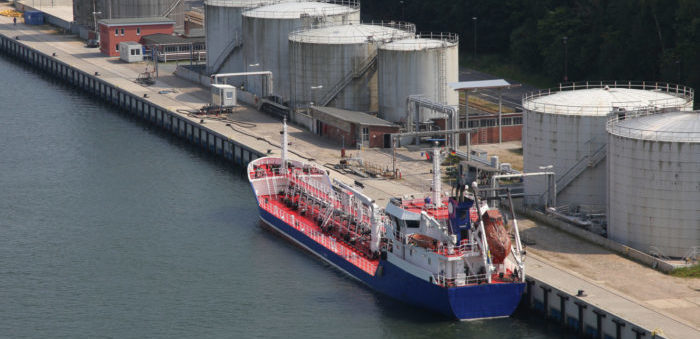The LNG market is still defying expectations, as its demand increased by 29 million tonnes to 293 million tonnes in 2017, according to Shell’s annual LNG Outlook. Nevertheless, Shell expects a supply shortage to take place in mid-2020s, unless new LNG production project commitments are made soon.
LNG is very important for the global energy system the last decades. Since 2000, the number of countries importing LNG has grew four times more and the number of countries supplying it has doubled. What is more, LNG trade also increased from 100 million tonnes in 2000 to nearly 300 million tonnes in 2017. As Shell’s Outlook notes:
The total length of the world’s natural gas pipelines would stretch to the moon and back eight times.
[smlsubform prepend=”GET THE SAFETY4SEA IN YOUR INBOX!” showname=false emailtxt=”” emailholder=”Enter your email address” showsubmit=true submittxt=”Submit” jsthanks=false thankyou=”Thank you for subscribing to our mailing list”]
This situation seems to be confirmed by energy companies as well. Namely, after a long hiatus, new attempts to create multi-billion dollar LNG plants are increasing. Specifically, global demand for LNG increased by 12% in 2017, surpassing the forecasts, and is expected to further grow by up to 10% in 2018.
Currently, LNG imports have grew by 29 million tonnes, 30% more than expected, with Australia, US and Africa dominating in LNG exports. However, China became the world’s second largest LNG importer. As for the number of cargoes delivered, this reached 1100 spot cargoes delivered,a 17 % increase over last year.
Nevertheless, the Outlook emphasizes that without new investment, supply demand gap could reach as much as 275 million tonnes in year 2035. This is based on the fact that liquefaction investment decisions in the last two years provide for only 7 million tonnes of annual nameplate capacity.


































































